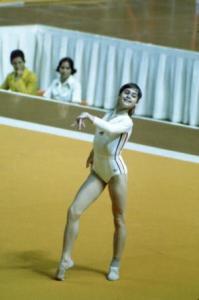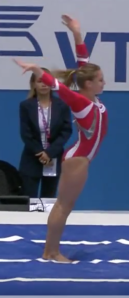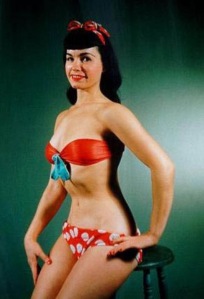
The first time that I saw a person with really good posture was at summer camp. I was 9. There was a friend there who was a gymnast. She could do splits and cartwheels, which was awesome, but I also noticed she walked different. I must admit that at the time I perceived it as unnatural, since no one around me moved and stood in such a way. As if she swallowed a stick and her stomach was falling out? I remember looking at children with really protruding bellies and thinking they needed “fixing”. I did not realize I needed fixing myself.

In my family my father was the one with a hunched over back and always in pain. My mom never had any back trouble. I think you might see from this photo that I took after my father with a slightly collapsed chest and head thrown forward.
School nurses never commented on that, it was not noted in the physicals. Well, of course, when you walk into the doctor’s office you try to look presentable. Had the health practitioners evaluated children in the schoolyard during play they would have noticed it, but would they have done anything about it? They would have prescribed some God-awful corrective regime that would just make me miserable.
I still believe it is good to practice sports for good posture but it is not the whole story. While unveiling the secrets of voice production I looked for something that gymnasts and large bodied divas have in common. I concluded that it must be good spinal alignment, when the posture muscles are engaged – neither strained nor stretched. This is something subtle and cannot be addressed by a simple trick. Pulling the stomach in or pushing it out, curving the spine in places or stretching it out does not do it. It is unsustainable. The moment you stop thinking about it your body will return to the most easy stance.
My friend from the camp did not have to watch herself every moment of the day to maintain her good posture. It was completely natural to her. Why then could I just not copy it and enjoy a such a more graceful and healthy way of living? Why when my singing teachers encouraged me to “walk like an opera singer” I was not able to copy them?
The answer in the next post. In the meantime, just for inspiration, a few more examples of great posture in female gymnasts. Notice their spines – don’t they remind you of Jenny Bernals?












































